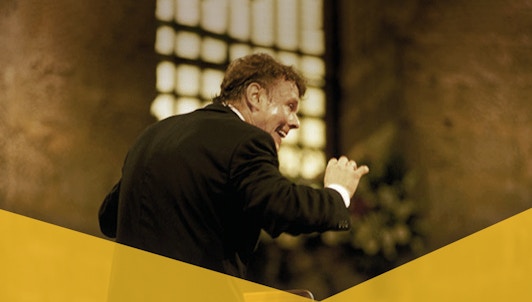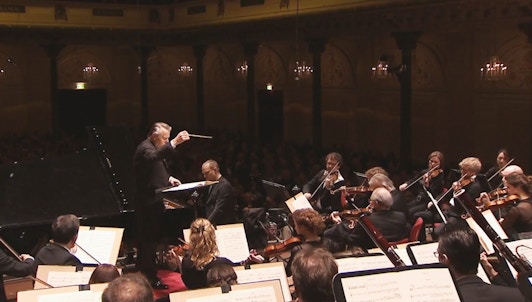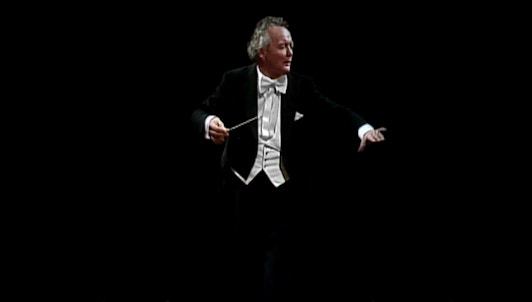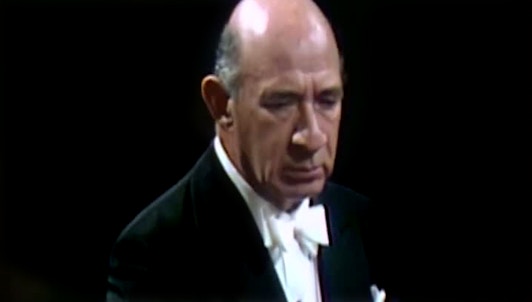In many ways, Haydn and Bruckner might appear to be polar opposites. Haydn possessed a natural music talent, while Bruckner was a late bloomer. Haydn was a self-assured professional who wrote music for weddings and parties just as easily as he did for great noblemen, while Bruckner plodded along laboriously, often plagued by feelings of insecurity. But despite their many differences, both men produced outstanding music, as can be seen in this concert program.
Long thought to be lost, Haydn’s Concerto for Cello in C-Major was rediscovered in 1961 in the Radenin collection of the Prague National Museum. The concerto proved to be of great musical quality, and since there are very few great classical concertos for cello that exist, it quickly joined the standard cello repertoire. The work’s melodic and generous character and beautifully singing Adagio make it a model of the classical spirit.
Bruckner’s Symphony No. 4 was the first in a series of major symphonic works by the composer. The symphony was born of a long and laborious process, in a difficult composition year for Bruckner, during which he lived through multiple professional failures. Nonetheless, this symphony has found great success, brought about in particular because its scherzo movement. The symphony’s programmatic structure gives it a strong resemblance to medieval music, a fashionable feature for the romantics, which eventually led to the work’s name.




